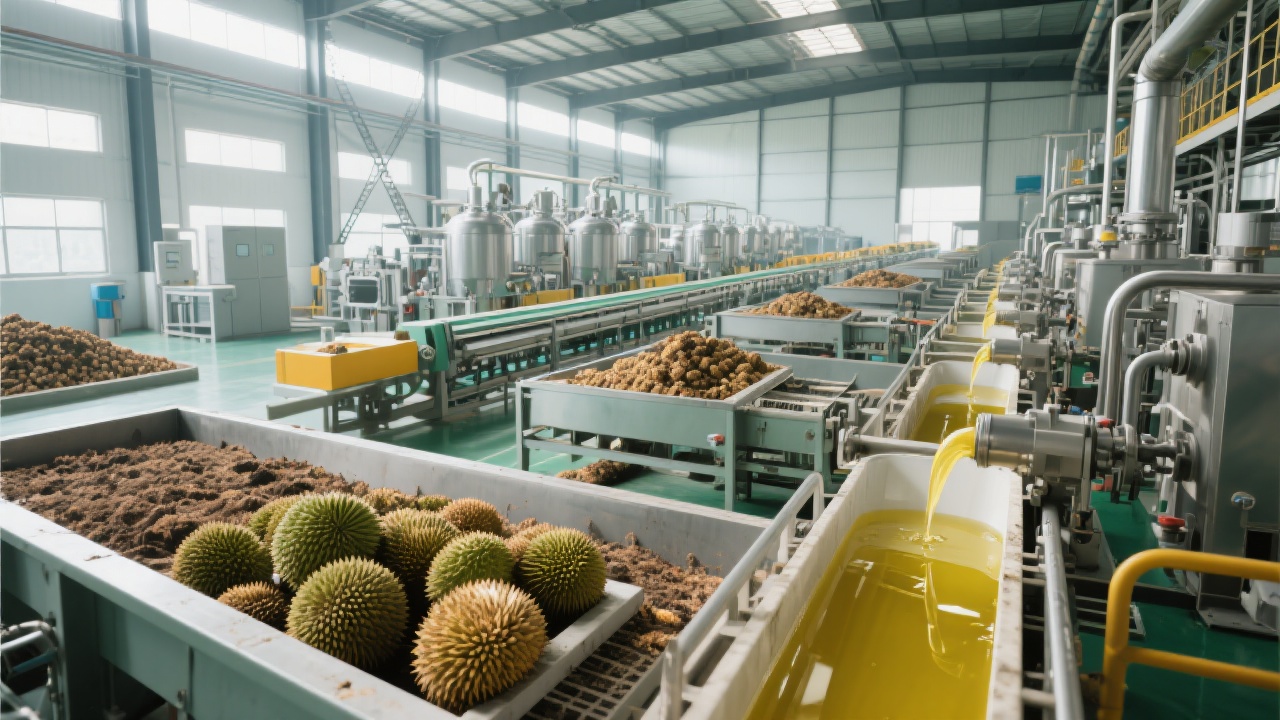
For small- to mid-scale oil extraction facilities, maximizing yield from each batch isn't just about raw material—it's about mastering the subtle art of screw press operation. Many operators unknowingly reduce efficiency by up to 15% due to poor process control. Based on real-world data from over 50 operational mills across India, Southeast Asia, and Eastern Europe, here’s how you can avoid common pitfalls and achieve consistent, high-quality output.
A study by the International Oilseed Processing Association found that improper moisture levels in feedstock—especially for peanuts and sunflower seeds—can cause a 7–12% drop in oil recovery. For optimal performance:
Operators often overlook temperature gradients inside the press chamber. According to field engineers at three major Chinese equipment suppliers, maintaining a steady 85–95°C in the final compression zone improves oil separation by 10–15%, especially for soybeans and sesame.
| Oilseed Type | Optimal Temperature (°C) | Recommended Screw Speed (rpm) |
|---|---|---|
| Soybean | 85–90 | 35–45 |
| Peanut | 90–95 | 30–40 |
| Sunflower | 80–85 | 40–50 |
One mistake we see repeatedly? Over-tightening the discharge end. This creates excessive backpressure, leading to uneven flow and premature wear on the screw shaft. Another frequent error: ignoring the importance of regular cleaning intervals. A 2-week interval without thorough internal cleaning can result in a 5–8% efficiency loss due to residue buildup.

These aren’t just theoretical risks—they’re measurable losses that impact your bottom line. By adopting best practices like scheduled maintenance, precise parameter tuning, and staff training, many clients have seen an average increase of 12% in daily throughput within one month.
Whether you're managing a family-run mill or overseeing a regional production unit, understanding these fundamentals turns your screw press from a mechanical tool into a profit engine.
Ready to unlock your press’s full potential?
Get Your Free Process Optimization Checklist Now
